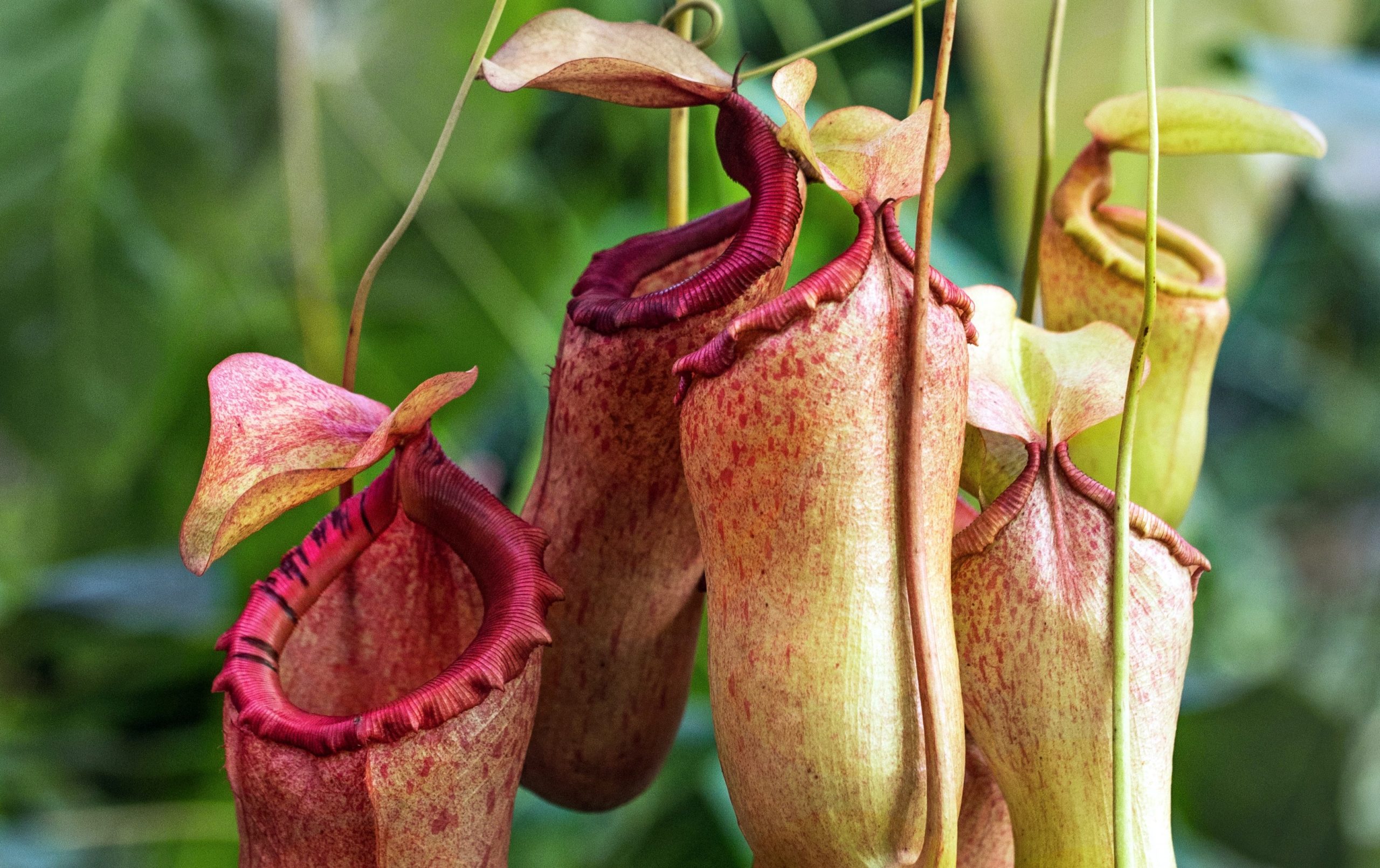In early May, the Cambodian Ministry of Environment took to Facebook to warn people against the picking of the Nepenthes holdenii also dubbed as the “penis flytrap”/ “penis plant” due to its similar shape to a certain male sex organ.
Attached to the Facebook post are pictures of three women picking and posing with the rare plant. According to a Cambodian news site, the Khmer Times, the photos may have been taken on the Bokor Mountain by Kampot, though their exact location has not yet been confirmed.
The post’s caption explicitly says that what the women in the photo “are doing is wrong,” urging the public to “please don’t do it again in the future!” The Ministry of Environment ended their statement by thanking people for “loving natural resources, but don’t harvest so it goes to waste!”
The plant in question, the Nepenthes holdenii, more commonly referred to as a penis plant or penis flytrap, is a rare species closely related to the Nepenthes bokorensis plant.
It is a carnivorous and passive flytrap plant. Attracted by the sweet odor and nectar the plant emits along its rim, insects end up falling into the pitcher and drowning in the digestive fluids within it. The rare plant is most able to live up to its nicknames in the earlier stages of its development when the leaves still surround the rim of the pitcher.
The plant is so rare that it is a part of the list of Endangered Species of Wild Fauna and Flora of the Convention on International Trade, preventing any trade of the species to protect the biodiversity of Cambodia. Though, it seems that the continued development of tourism and the expansion of private properties in Cambodia have been resulting in the decline of natural habitats.
This isn’t the first time that Cambodia issued people to take care of the flora and fauna in their colorful country. As a response to the growing tourism their country has been seeing, in 2021, they pleaded that people stop picking plants that may risk the species’ existence and lead to their extinction.
There is no issue with appreciating the beauty (and even humor) in nature, taking pictures is fine but there is no need to uproot the plants which may result in the already rare plants becoming even rarer.
Other POP! stories you might like:
This tiny computer is powered by algae
Noise pollution isn’t just stressful for humans and animals; it can also affect plants
8 Low maintenance plants for beginner plantitos and plantitas



